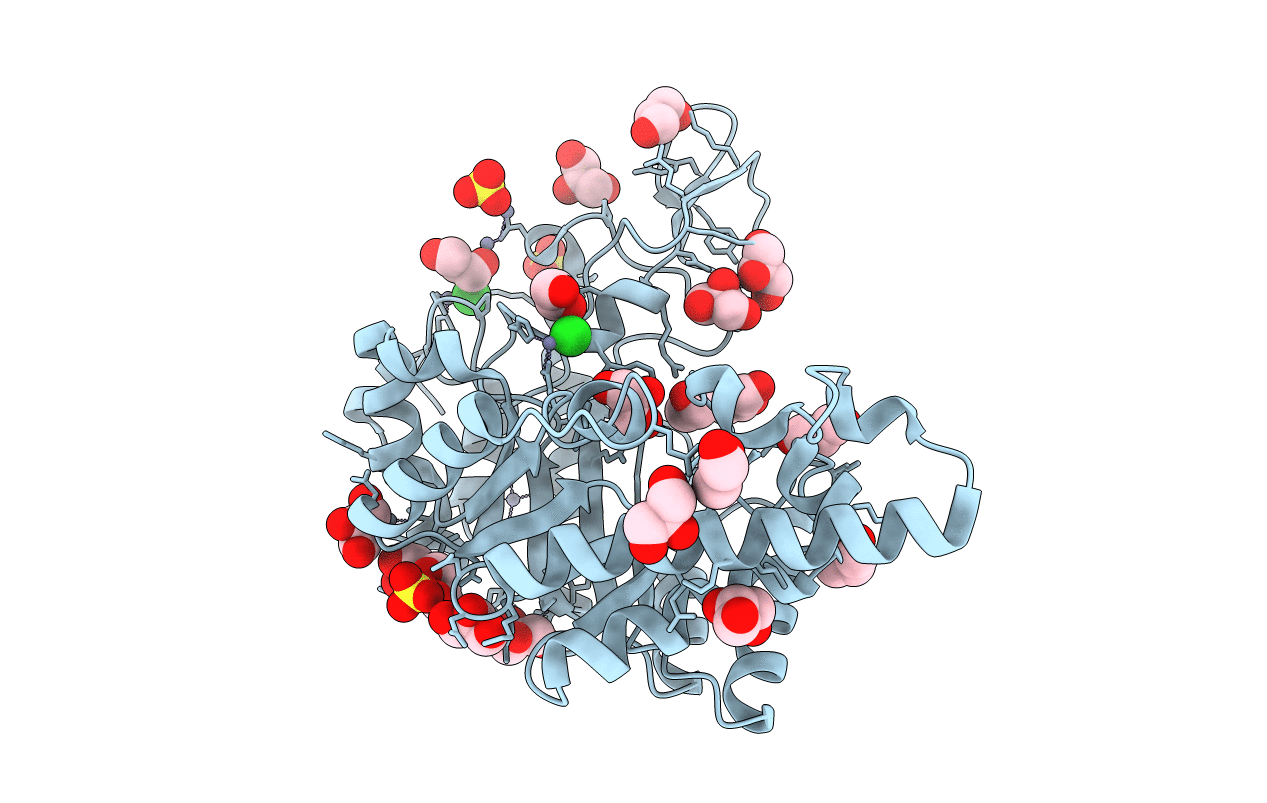
Deposition Date
2003-10-23
Release Date
2004-07-20
Last Version Date
2024-04-03
Entry Detail
PDB ID:
1R85
Keywords:
Title:
Crystal structure of the extracellular xylanase from Geobacillus stearothermophilus T-6 (XT6): The WT enzyme (monoclinic form) at 1.45A resolution
Biological Source:
Source Organism:
Geobacillus stearothermophilus (Taxon ID: 1422)
Host Organism:
Method Details:
Experimental Method:
Resolution:
1.45 Å
R-Value Free:
0.18
R-Value Observed:
0.12
Space Group:
C 1 2 1


